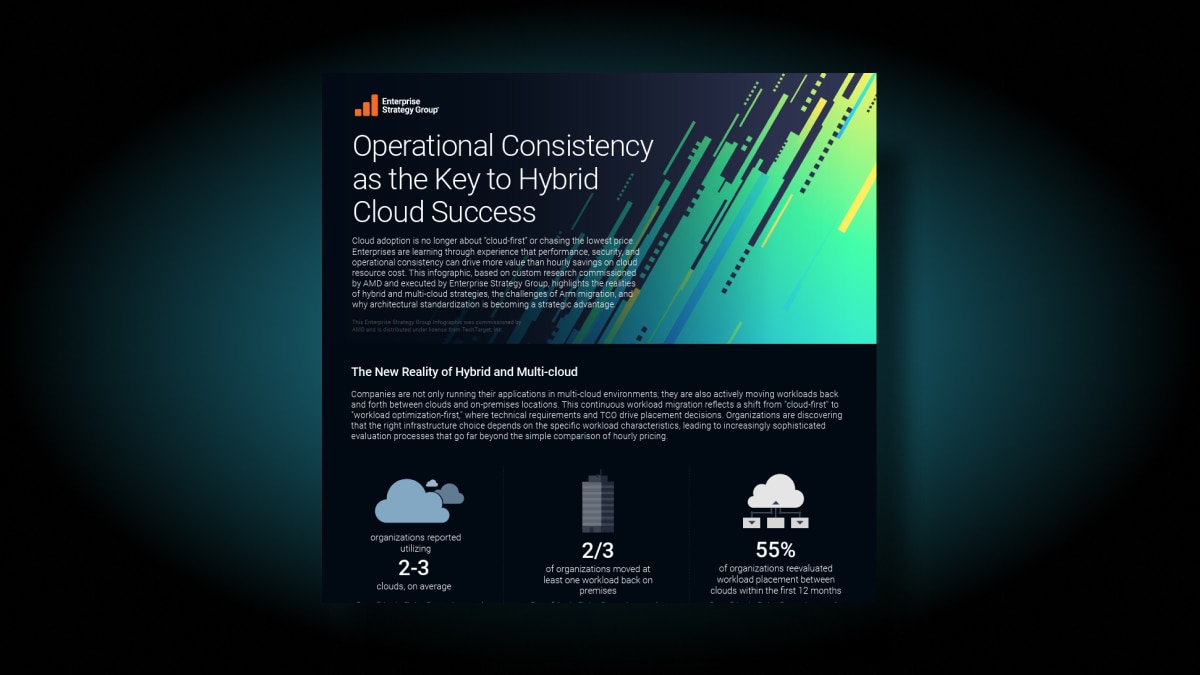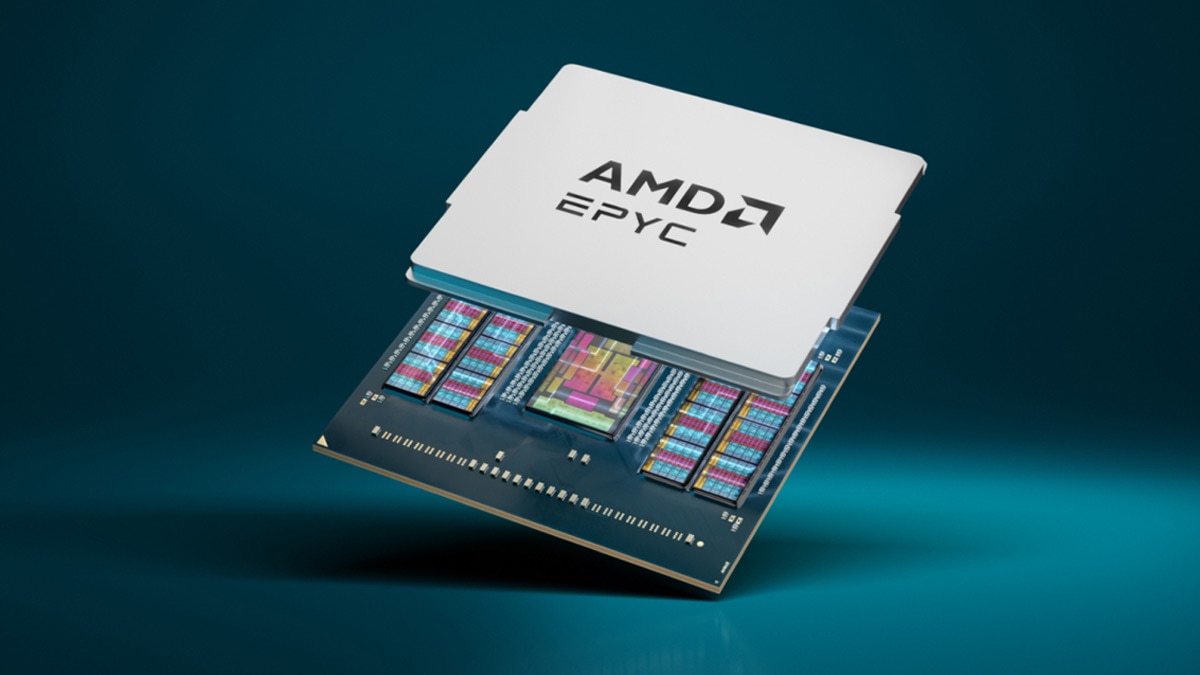Beyond Cloud First: The Rise of Hybrid Consistency
Explore how organizations are navigating today’s hybrid and multi-cloud environments. This eBook shares research-based insights on workload placement strategies, key decision factors like AI support and compliance, the evolving role of repatriation, and how collaboration across IT, business, and finance teams drives more thoughtful outcomes in cloud adoption.
















